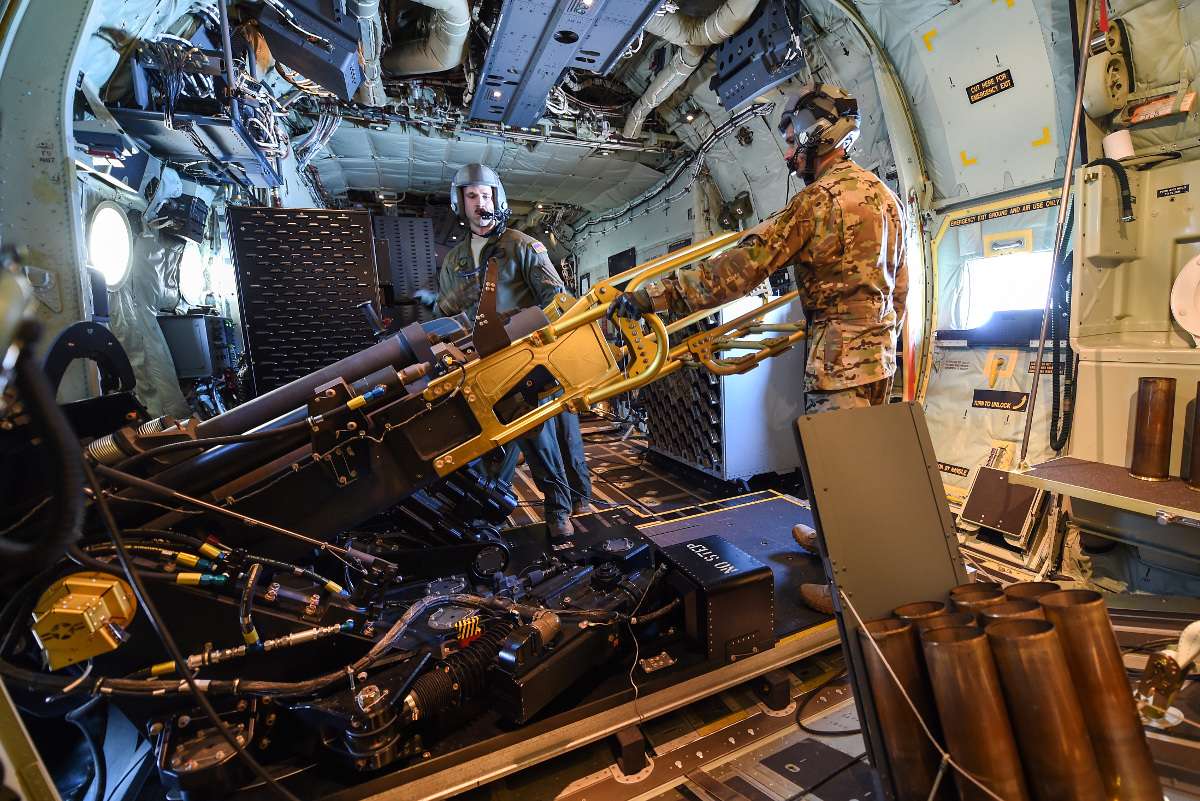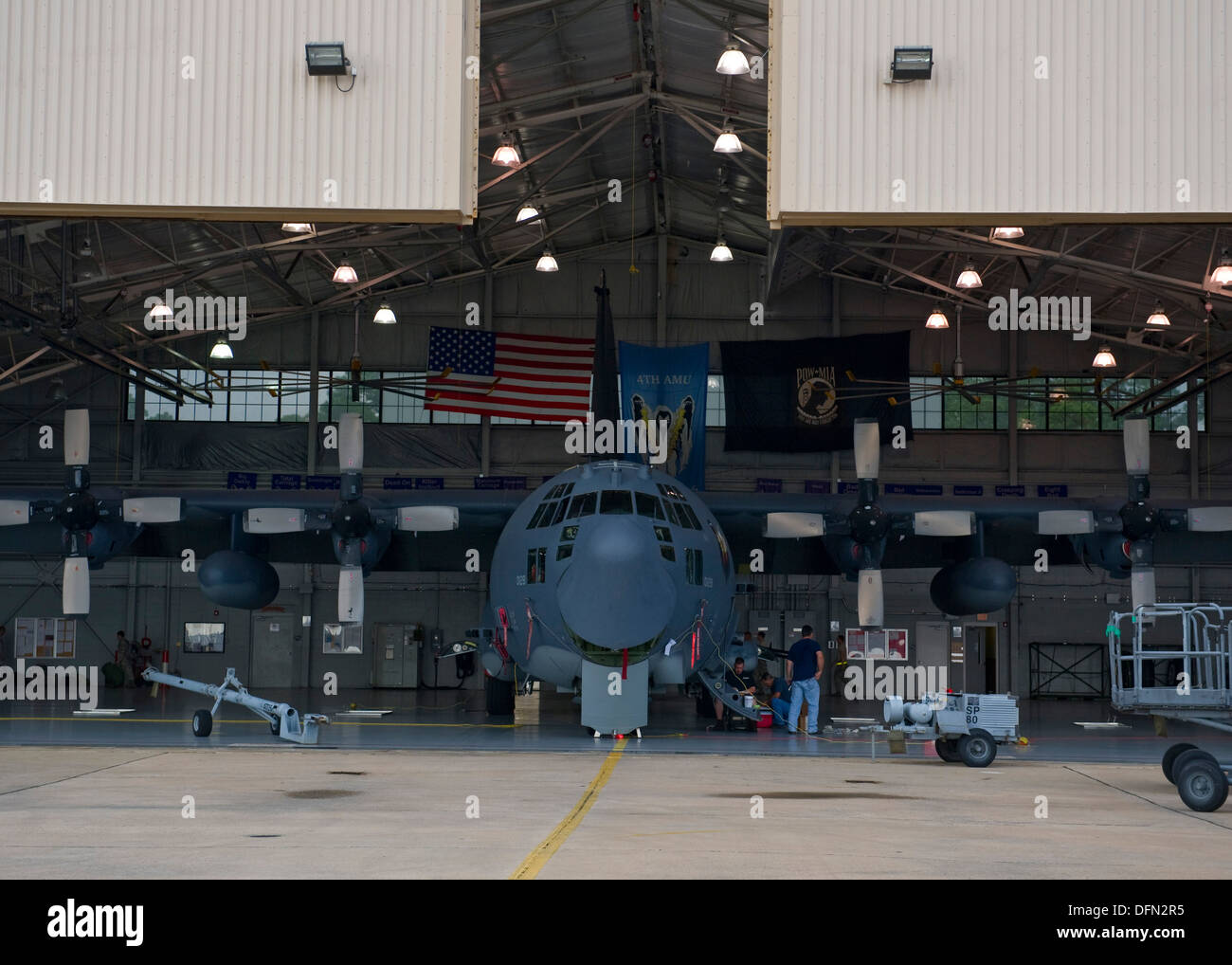

Operational history United States Air Force AC-47 at Nha Trang Air Base in South Vietnam Emerson Electric eventually developed the MXU-470/A to replace the gun pods, which were also used on later gunships. The AC-47 initially used SUU-11/A gun pods that were installed on locally fabricated mounts for the gunship application.

All four of these aircraft were retrofitted to the standard armament configuration when additional miniguns arrived. These weapons, using World War II and Korean War ammunition stocks, were quickly discovered to jam easily, produce large amounts of gases from firing, and, even in ten-gun groups, provide the density of fire of only a single minigun. The next four aircraft were equipped with ten. The USAF found itself in a precarious situation when requests for additional gunships began to come in because it simply lacked miniguns to fit additional aircraft after the first two conversions. The AC-47 had no previous design to gauge how successful it would be, because it was the first of its kind. The aircraft also carried flares it could drop to illuminate the battleground. It could orbit the target for hours, providing suppressing fire over an elliptical area about 52 yd (47.5 m) in diameter, placing a round every 2.4 yd (2.2 m) during a three-second burst.

The guns were actuated by a control on the pilot's yoke whereby he could control the guns either individually or together, although gunners were also among the crew to assist with gun failures and similar issues. Other armament configurations could also be found on similar C-47-based aircraft around the world. The AC-47 was a United States Air Force (USAF) C-47, (the military version of the DC-3) that had been modified by mounting three 7.62 mm General Electric miniguns to fire through two rear window openings and the side cargo door, all on the left (pilot's) side of the aircraft, to provide close air support for ground troops. It was designed to provide more firepower than light and medium ground-attack aircraft in certain situations when ground forces called for close air support. The Douglas AC-47 Spooky (also nicknamed "Puff, the Magic Dragon") was the first in a series of fixed-wing gunships developed by the United States Air Force during the Vietnam War.


 0 kommentar(er)
0 kommentar(er)
